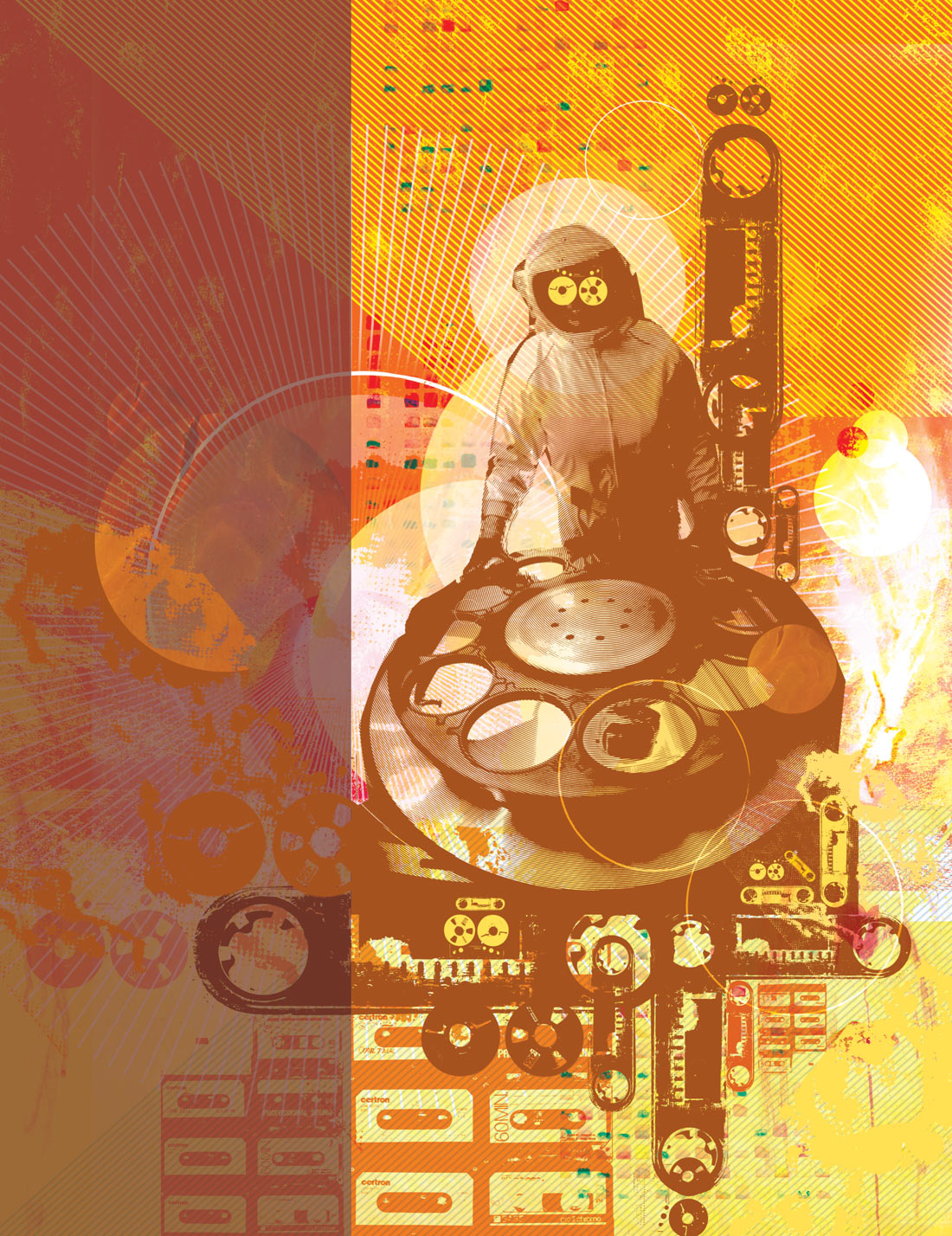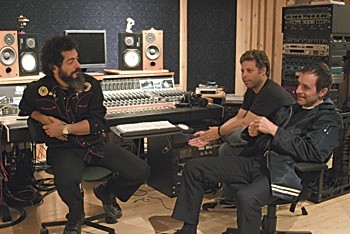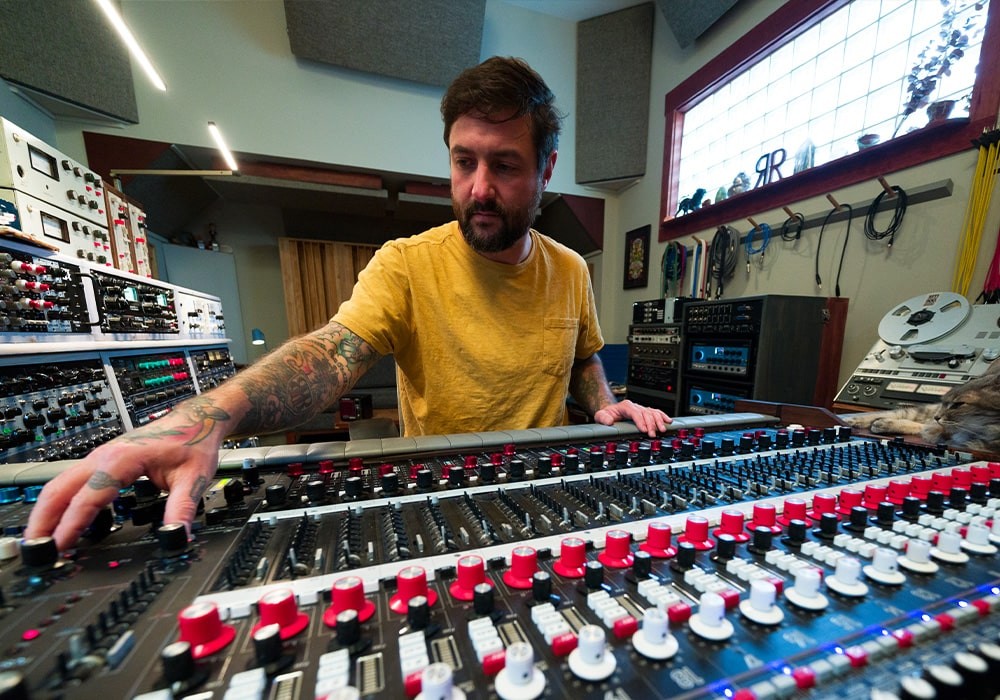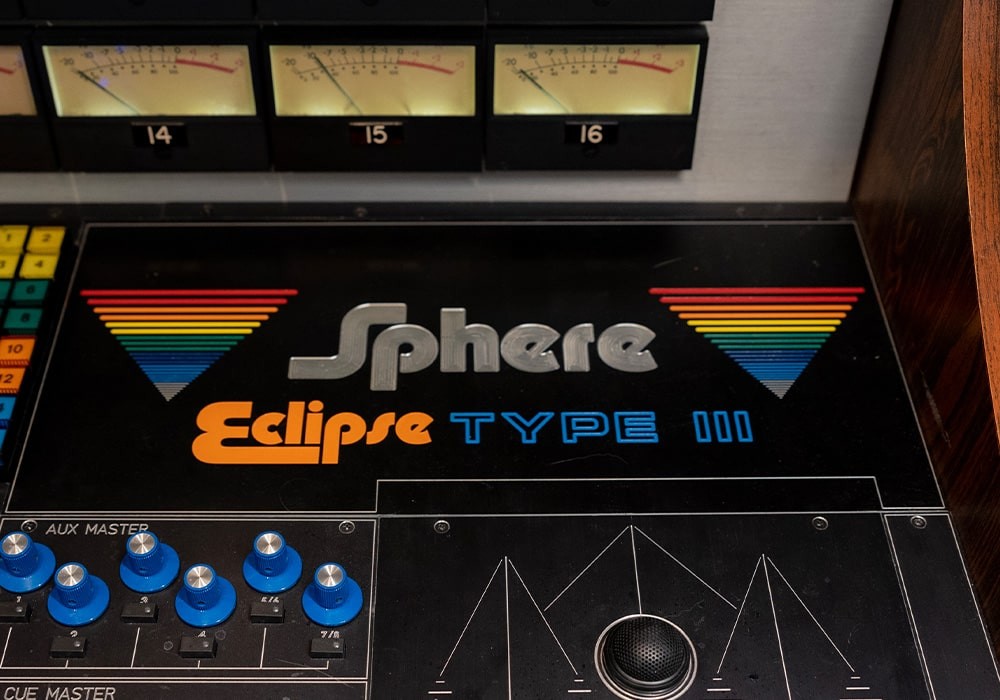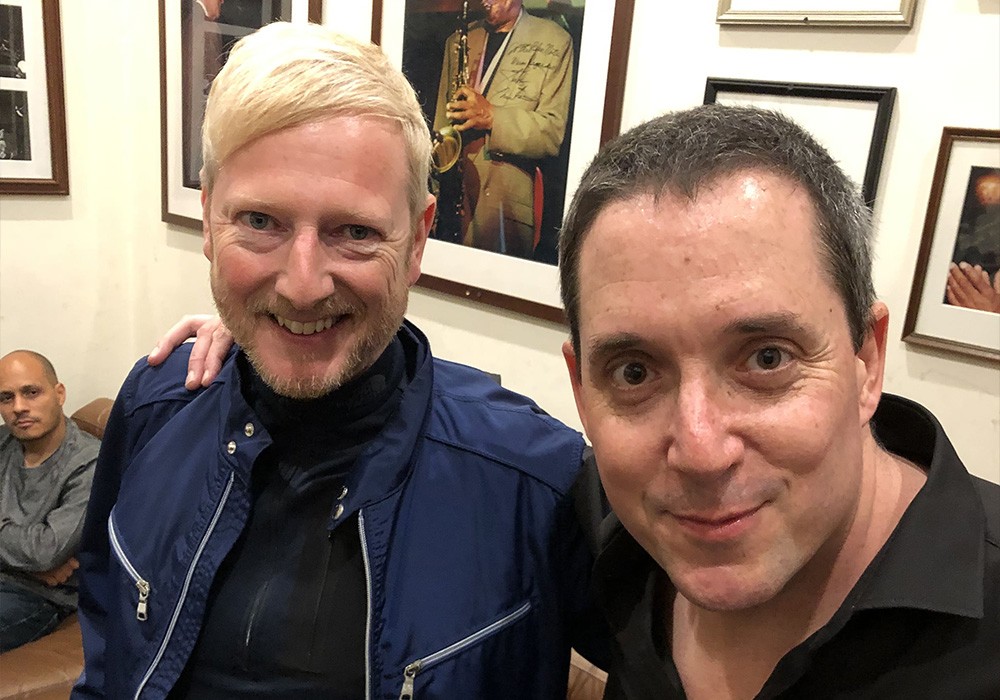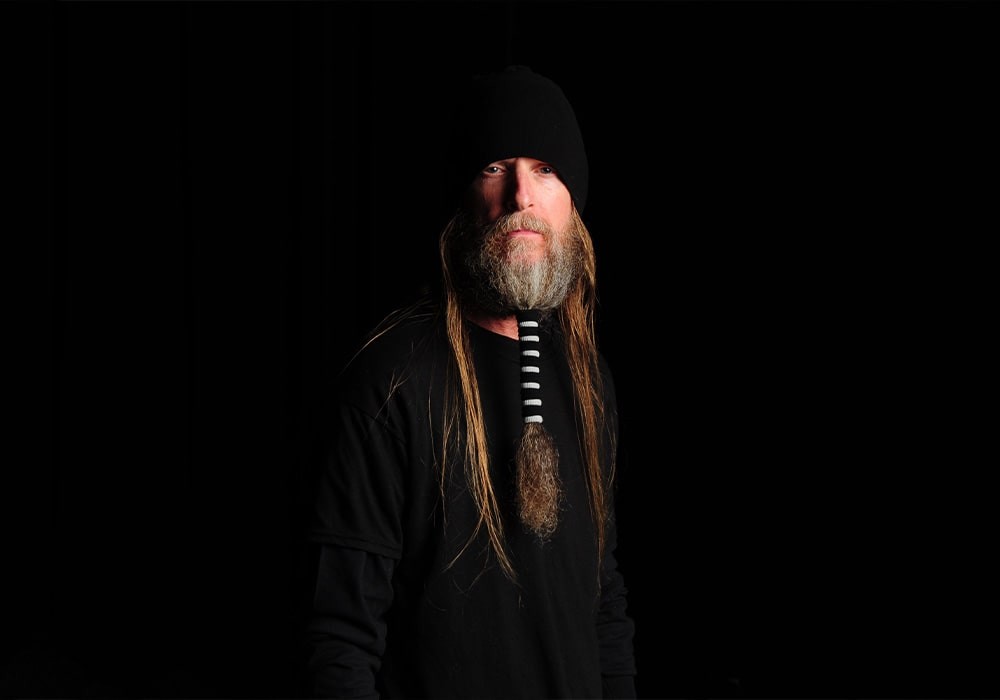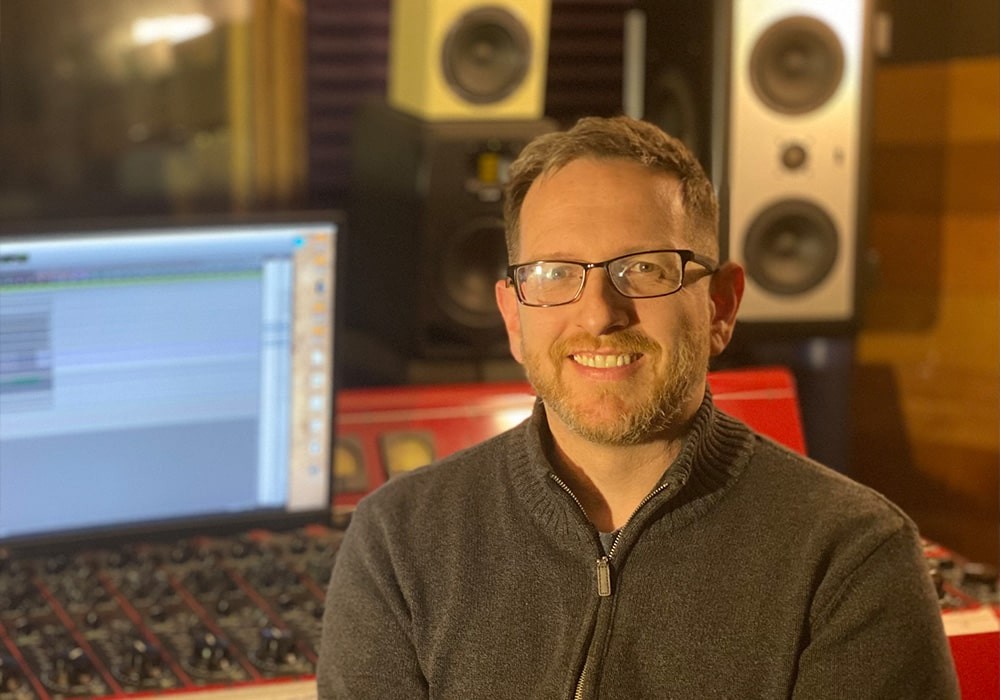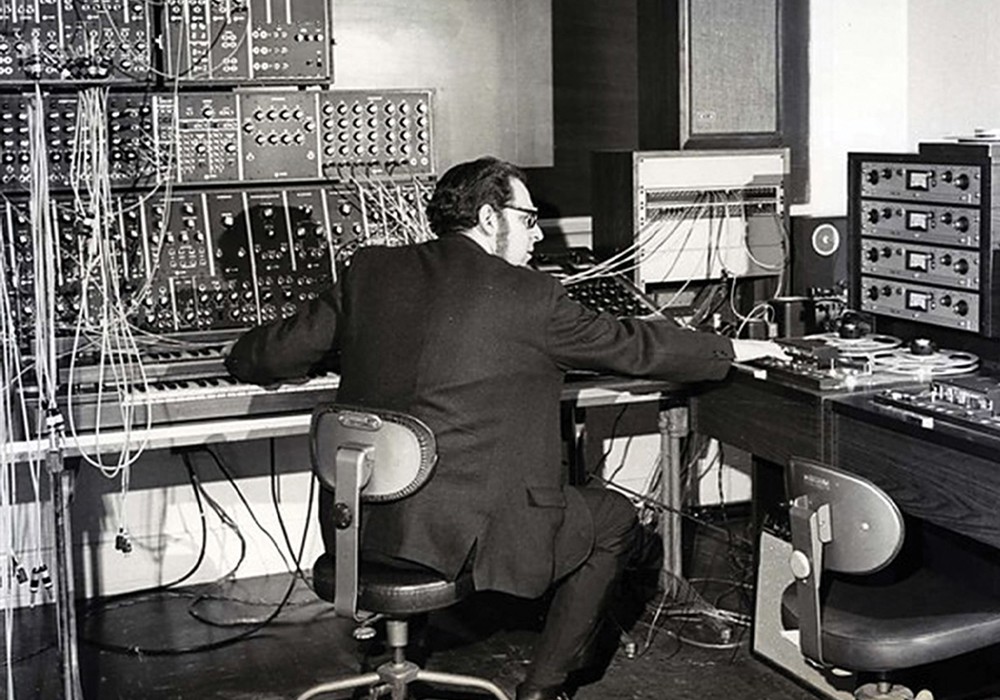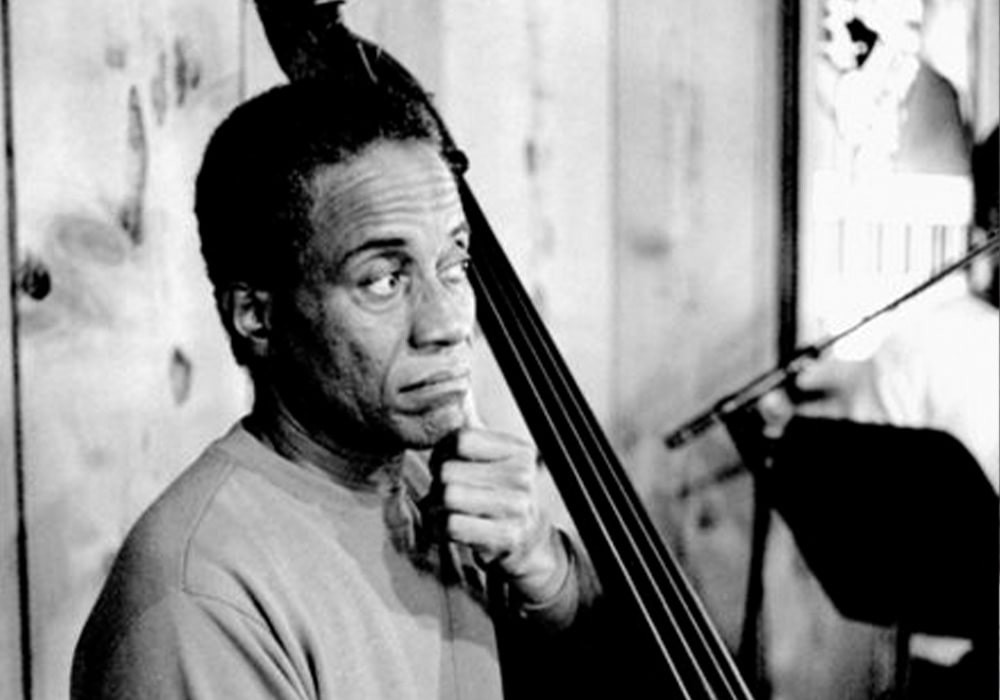When Frank Swart, bassist in The Billy Nayer Show (and who engineered The Pixies' first recording, is responsible for many of Morphine's fat tones, and continues to record his band Post Junk Trio), discovered that I had taken on the challenge of writing about his band he said, "I've been doing it for four years and I still have a hard time explaining it to people." I, in turn, have sympathy for the reviewer who elegantly gave up and wrote, "I don't know what the fuck to call it. Just go see them." Why all the sympathy? Read on. Billy Nayer is not a real person. However, like a strange cousin of Sgt. Pepper, he has his own band. Billy is an animated character in a short film called Billy Nayer with music by The Billy Nayer Show. Cory McAbee, lead singer and autoharpist in the band, told me that Billy Nayer "was just an off-the-cuff name that a friend of mine suggested."
There are few boundaries around what they'll make, how they'll make it and the lengths they'll go to in order to finish it. To date they've released a critically acclaimed feature film titled The American Astronaut, three shorter films compiled in an unthinkably surreal DVD called The Early Years, seven records, numerous comic strips, postcards, a magazine, storyboards and soundtracks — and they currently have a new feature film, an album and an illustrated novel in the works. As Cory put it, "If you actually sit down and tell people, 'Well, we write and paint and draw and sing,' and you go through the list, you just sound like an idiot. Whereas if you say, 'I'm a painter,' or 'I'm a songwriter,' and you say that you're one of these things, they take you seriously." But those attitudes obviously don't hold them back. Drummer Bobby Lurie built a recording studio in Manhattan called Mavericks and formed BNS Productions, BGM Records and Fickey Publishing (just the necessary business entities). Somehow they also manage to aggressively tour the US and Europe — and they do all of it with adherence to an artistic vision that, initially, makes you scratch your head and say, 'Huh?' To maintain and realize this vision demands artistic and contractual independence, a ton of elbow grease and a healthy dose of loyal friendship. Cory and Bobby met back in the early '80s in San Francisco, where they'd sit up all night discussing their plans for films and music. Today, Bobby sees his role as Cory's "artistic bodyguard," making sure nothing disrupts Cory's creative flow. Frank joins Bobby in his faithful support of Cory's creativity: "Cory is a kid writing songs."
Bobby Lurie: That's very much what Cory is. He had such an isolated environment, spending his summers in Nevada with his grandparents in the middle of nowhere in a trailer — and he literally had a couple of Hank Williams records, and that was it.
Frank Swart: He had to create his little fuzzy friends — and he is not alone. Ever. He's always got his friends with him. Friends, characters, personalities and ideas — he's surrounded.
BL : He had to make up this world. What's interesting is that when he started hearing David Bowie and other stuff, these artists had a profound impact on him. But for fifteen or sixteen years, he had just utter isolation.
Located in the throbbing bustle of Chinatown, Mavericks, their studio named after the famous surfing spot in California, is a fully floated room inside a room. Bobby, who doesn't really like equipment lists because they don't focus on music, explains the design principles.
BL : Dave Ares and I initially discussed the idea of how to put the studio together and what kind of room we wanted. Dave is a bass player, so he had a great perspective on how to go about designing things. He got in touch with Chris Bowman, who is a general contractor that had done a lot of rooms in NYC, and he came up with putting the idea into reality. Chris is a drummer, so again we had a musicians' perspective in not only what would sound good, but what would be a space musicians would want to play in. It was definitely a group effort. Jeff Delbello did the initial wiring and Ken McKim from Allaire wired up the console [a Neotek Elan II]. John Klett has kept the place running since. I can't say enough good things about John, not only a brilliant tech and great engineer in his own right, but a real character who never forgets that all this studio crap is about making music, not showing off the size of your racks.
FS: You get some pres, some mics, something to record on. What else is there to talk about, really?
Inside the studio, the light pine paneling, sinuous walls and "pop-art" diffusers give the room a light, playful feeling. Three iso booths are visually unobtrusive — two being completely out of sight, the other one often filled with surfboards. Most significantly, there is no separate control room and the console is against one wall, in an acoustically treated area, such that it will never come between the engineer and the musicians. This room design is borne of Bobby's experiences as a session drummer, which is why he wanted musicians to help him with the concept and the room design.
BL : The drums themselves are part of what the studio offers. They're built by Johnny Craviotto. Johnny and I met about 15 years ago in Santa Cruz [CA], when he built me a small, blonde jazz kit. His snares are steam bent from a single piece of wood, and he hand turns each drum and shapes them by hand. He gets his wood from all over, including timber that's hundreds of years old and has been dredged up from lakes. I was at his shop recently and got to play on these kits, and they were mind blowing. Being a drummer, we built Mavericks to really shine at getting drum sounds, regardless of the genre of music. I found that often, if drums sound good in a studio, other instruments will too. Also, I used to do a lot of session work on drums, and this engineer Carl Derfler was often on the jobs, so I kind of grew up under his wing. Carl is great. He's very opinionated about stuff he loves and stuff he hates. It kind of gave me this sense that it's good to have your own taste, which creates an identity, which I think is really crucial. He really instilled that in terms of equipment. Get what you want — don't chase someone else's idea. So, eventually we realized that with the kind of money we would spend on the soundtrack for The American Astronaut, we could build...
